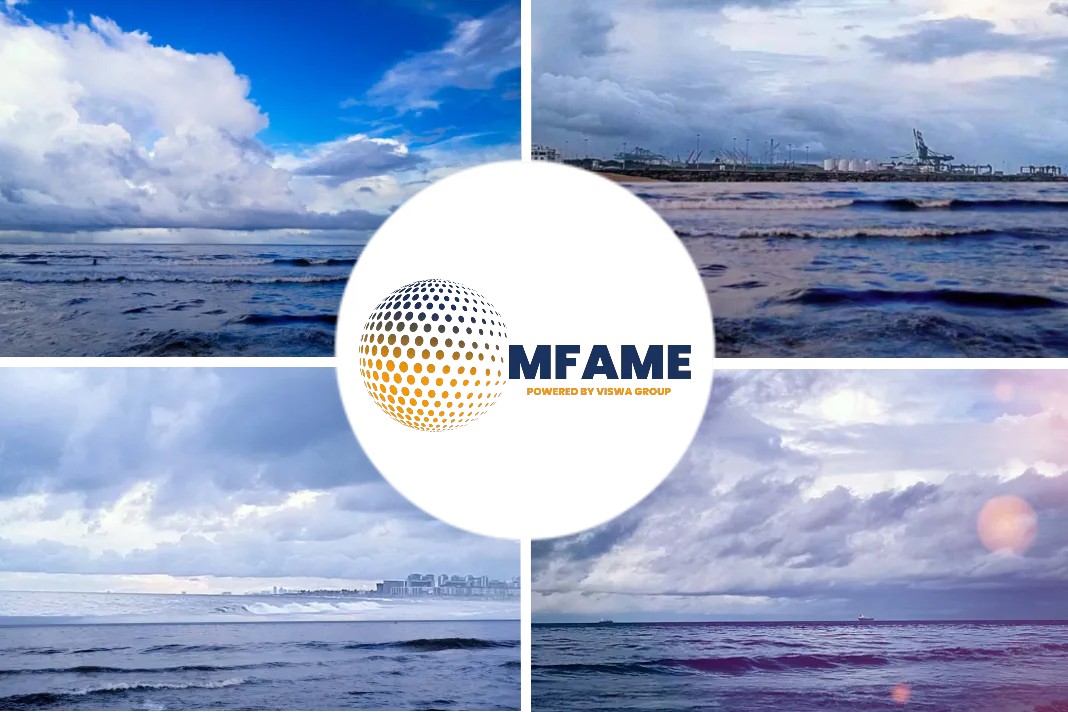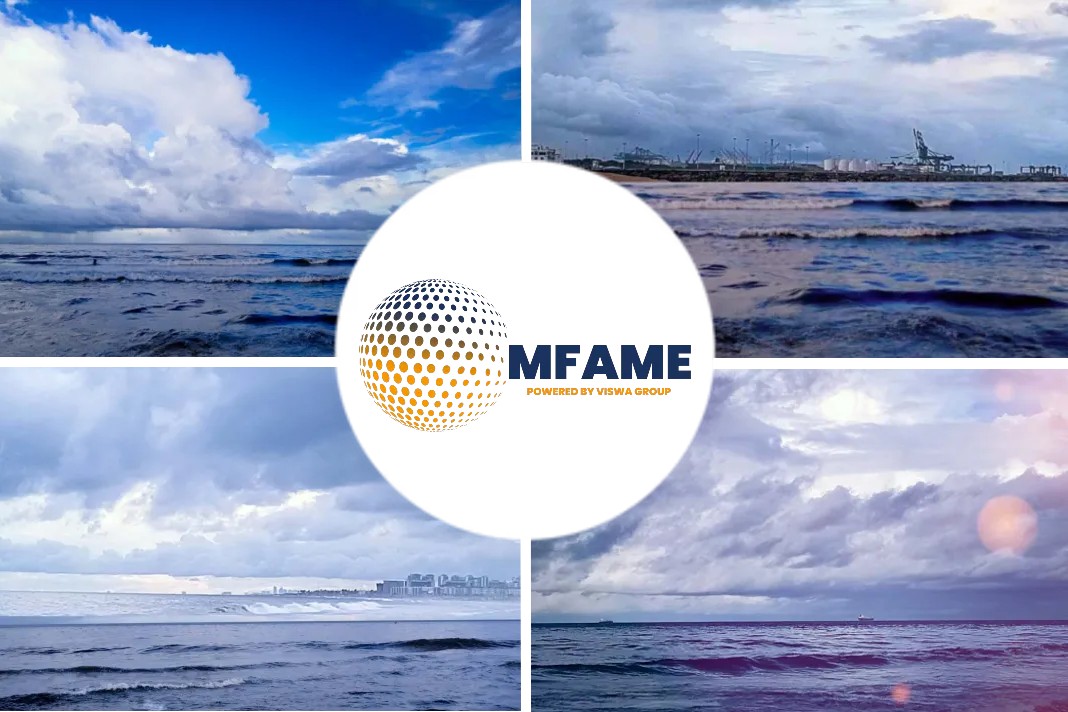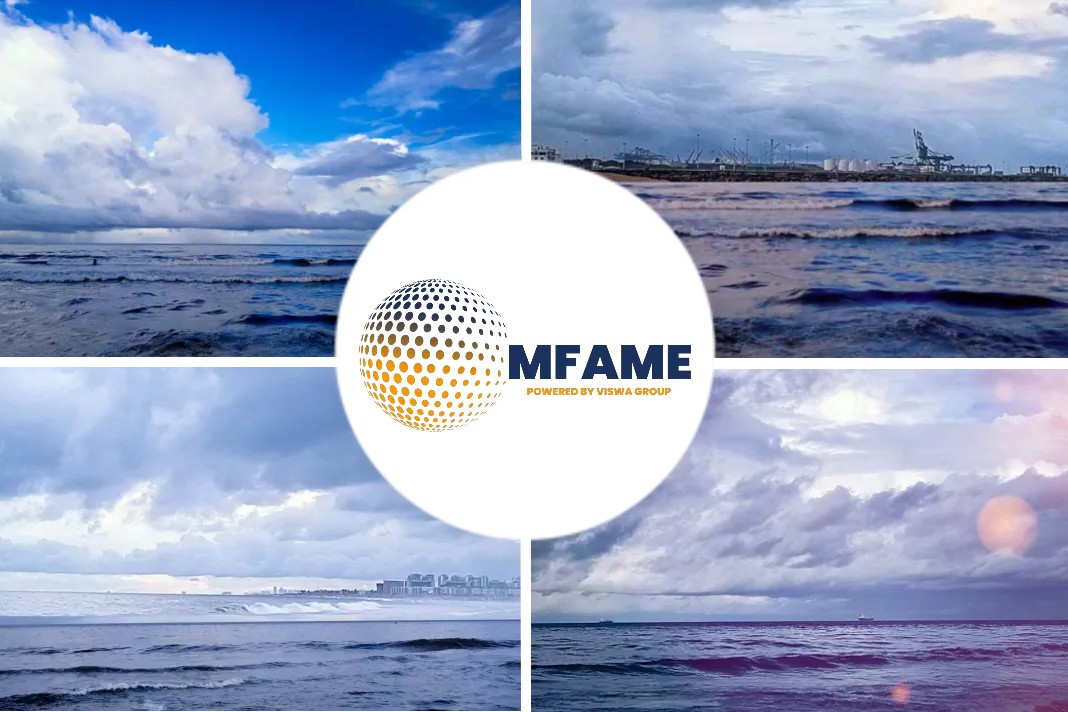- Improved cash return on invested capital at 6.9% and synergies of USD 1bn realized earlier than expected.
- In Jan 2019, they formed one company, with one global salesforce, customer service team and delivery organization across Ocean and Logistics & Services.
- Its focus is now on expanding the integrated customer experience to further strengthen the company’s balance sheet and accelerate the transformation.
- In figures for the quarter, revenue was US$9.6 billion (flat year-on-year), EBITDA was US$ 1.4 billion and underlying profit improved to the US $34M from the US $15m in Q2 2018.
According to an article published in Linkedin and World Cargo News, the Q2 2019 Interim Report of A.P. Moeller- Maersk said the integration of Hamburg Süd and the transport and logistics activities of Maersk Group companies announced in 2016 is now completed.
The goal of US$ 1 billion in synergies these moves were expected to deliver has been achieved earlier than forecast. Following its transformation plan, A.P. Moller-Maersk is now turning its attention to digitalization and logistics to improve its profitability.
A new phase of transformation
“Our transformation has now entered a new phase, where we focus 100% on executing on the strategy to become the global integrator of container logistics. The aim is to continue to improve our financial results across our business and grow our Logistics & Services segment well above market growth through organic and inorganic growth with the ambition in 2023 to achieve a more balanced operating profit (EBIT) between Ocean and non-Ocean and to improve the return on invested capital (ROIC) in line with the long-term objective of a ROIC above 7.5%,” A.P. Moeller- Maersk said.
This will require capital spending on new technology and some bolt-on acquisitions. To fund its new strategy the company is cutting back significantly in other areas, especially on new terminal investments at APM Terminals. At the end of 2016 Maersk had committed capital expenditures totaling over US$ 5 billion. It has now slashed that figure to US$1.9 billion, of which US$ 1.2 billion is commitments towards terminal concession grants. “We have achieved this reduction by abstaining from starting new terminal projects and ordering new large vessels and will not do so until 2020 at the earliest,” the company said.
Fewer layers in the sale
From January 2019 Maersk has been operating as one company across its Ocean & Logistics & Services Business. “We are no longer organized as a conglomerate with a corporate layer and stand-alone divisions, that operate independently with own professional functions.”
Maersk has stripped out duplicate layers in sales, financial, HR, communications and legal divisions, but has expanded its technology team to number almost 3,000 people as it brings in designers, software developers, AI experts, automation engineers and data analysts “to ensure we have the expertise and talent to build solutions ourselves at speed.”
A.P. Moeller believes technology holds the key to future success. “Technology is core to both our vision to become the global integrator of container logistics and a key enabler to enhance our operating performance,” it said. The company’s technology strategy focuses on three areas:
- Digitizing customer transactions, including more digitalized products like the recently launched “Maersk Spot”.
- Improving operations and increasing the utilization of ships, containers, and terminals through digitization and automation.
- Creating new revenue streams from digital products, such as TradeLens.
“Two and a half years into the strategy execution, based on the feedback we have received from our customers, and based on what we have already achieved in the technology space, we are convinced that our vision holds true and we can build the digital future of our industry,” A.P Moeller said.
Solid progress in Q2
In Q2 A.P.Moeller-Maersk delivered a good financial performance. “Q2 was a quarter of solid progress. EBITDA was up 17% and cash flow improved 86% year on year, driven by continued recovery in Ocean. The transformation progressed further with an improved cash return on invested capital at 6.9% and synergies of USD 1bn realized earlier than expected. Growth in revenue and gross profit in Logistics & Services still need to improve as we continue to build capabilities within logistics and services. We reaffirm our guidance for 2019, while the macro environment continues to be subject to considerable uncertainties,” said CEO Søren Skou.
Did you subscribe to our daily newsletter?
It’s Free! Click here to Subscribe!
Source: Linkedin&WorldCargoNews















